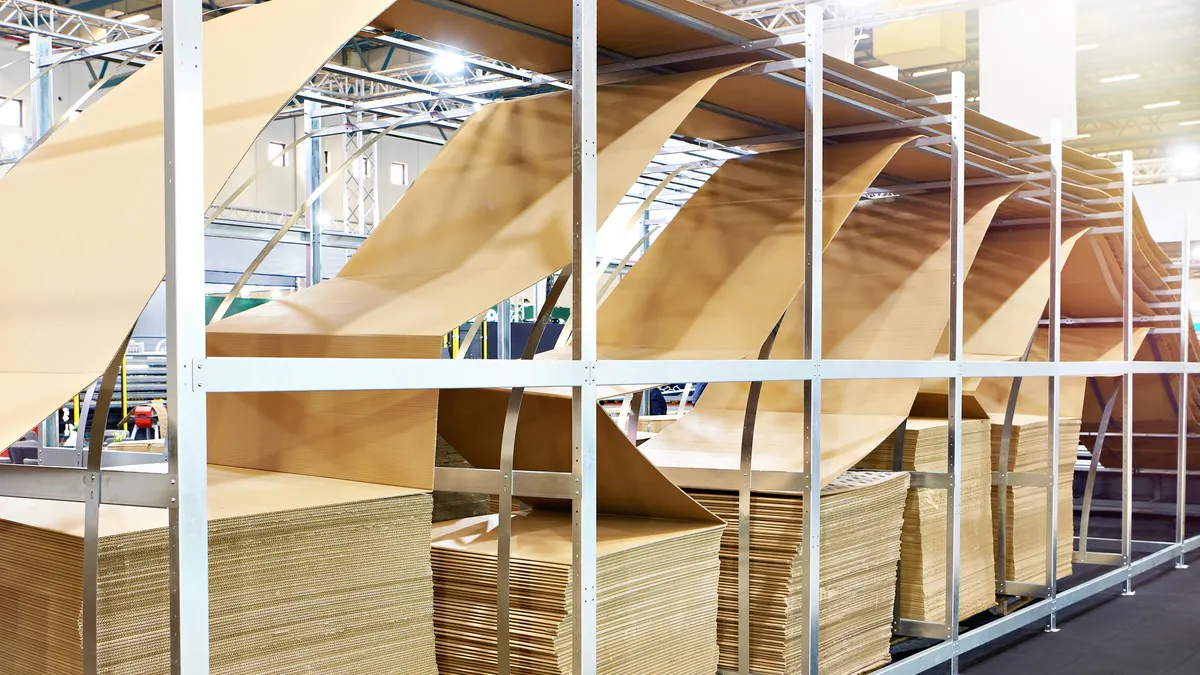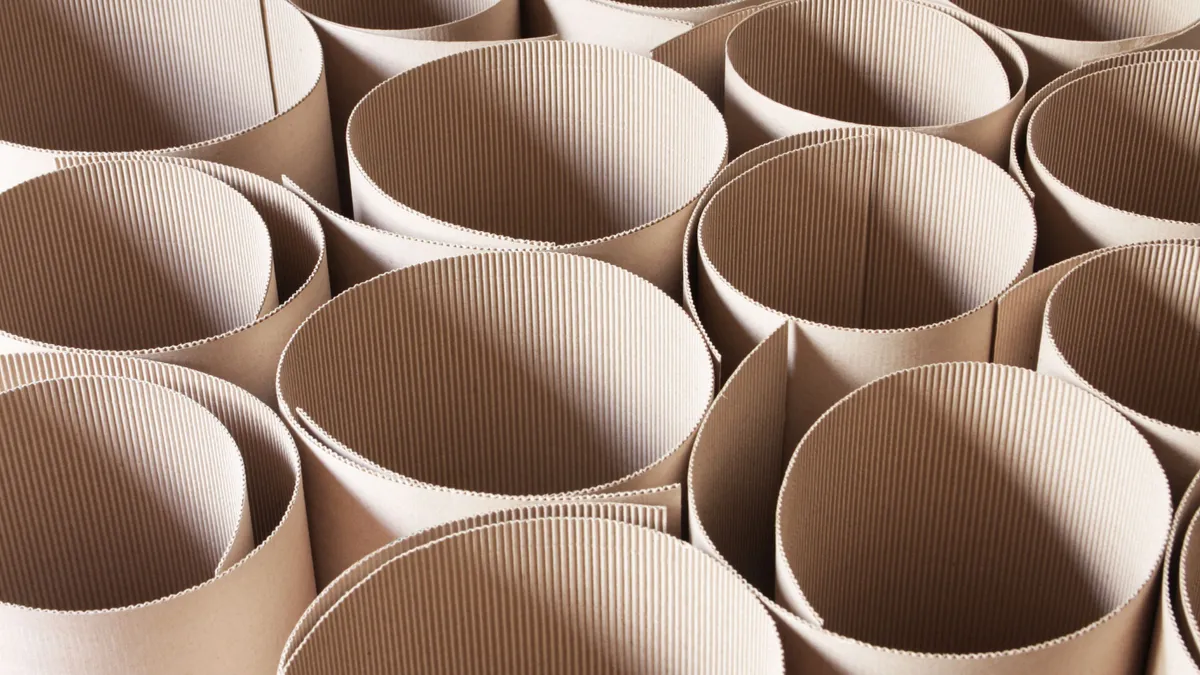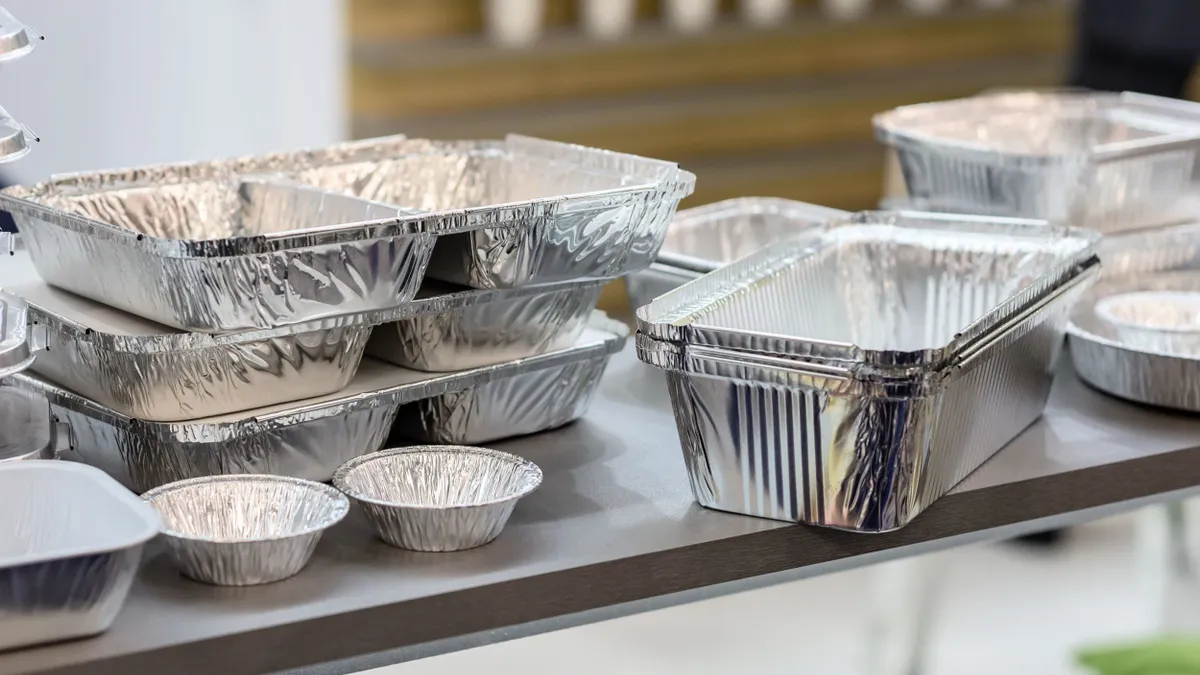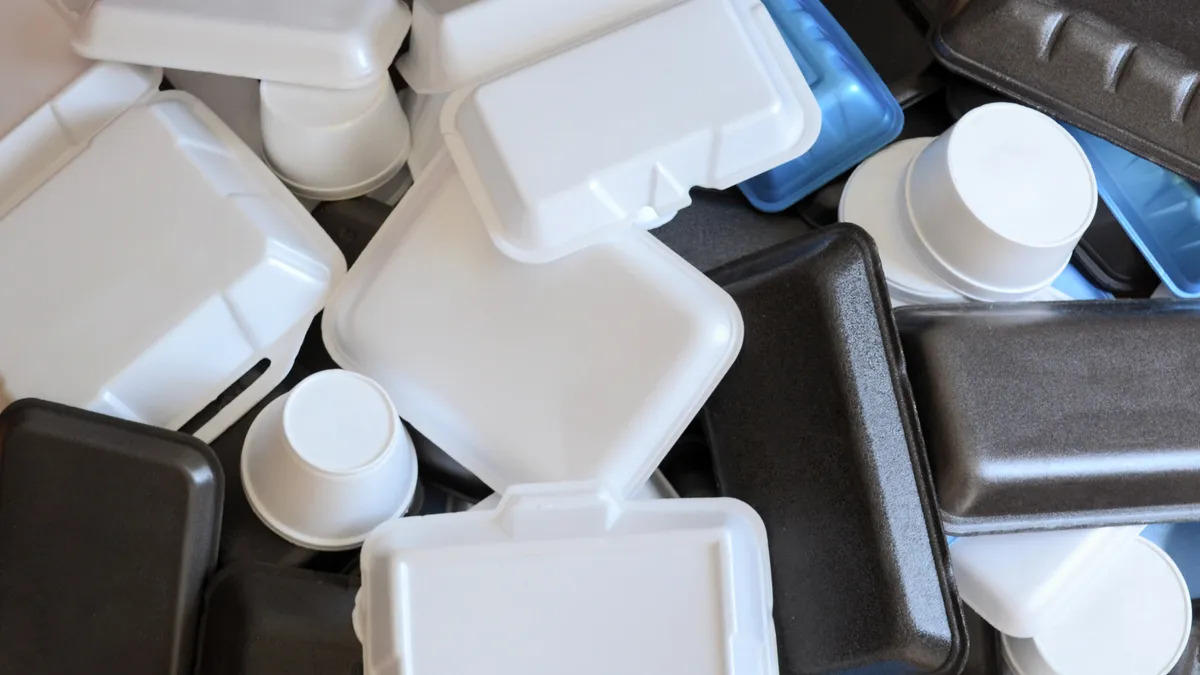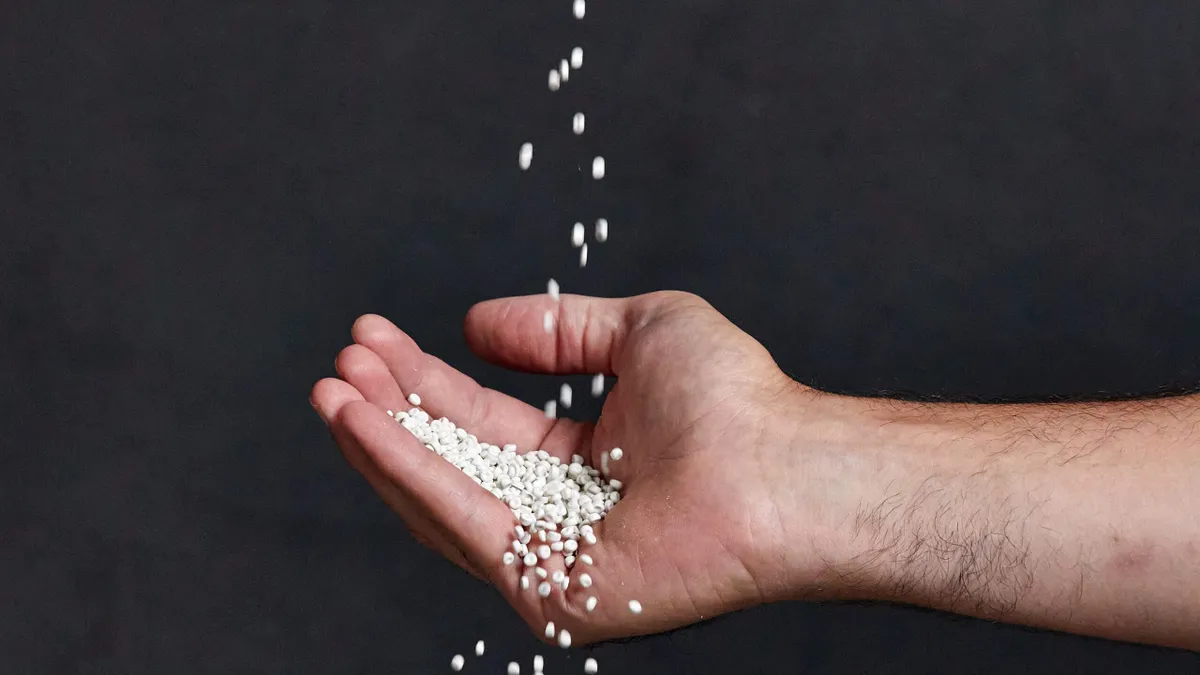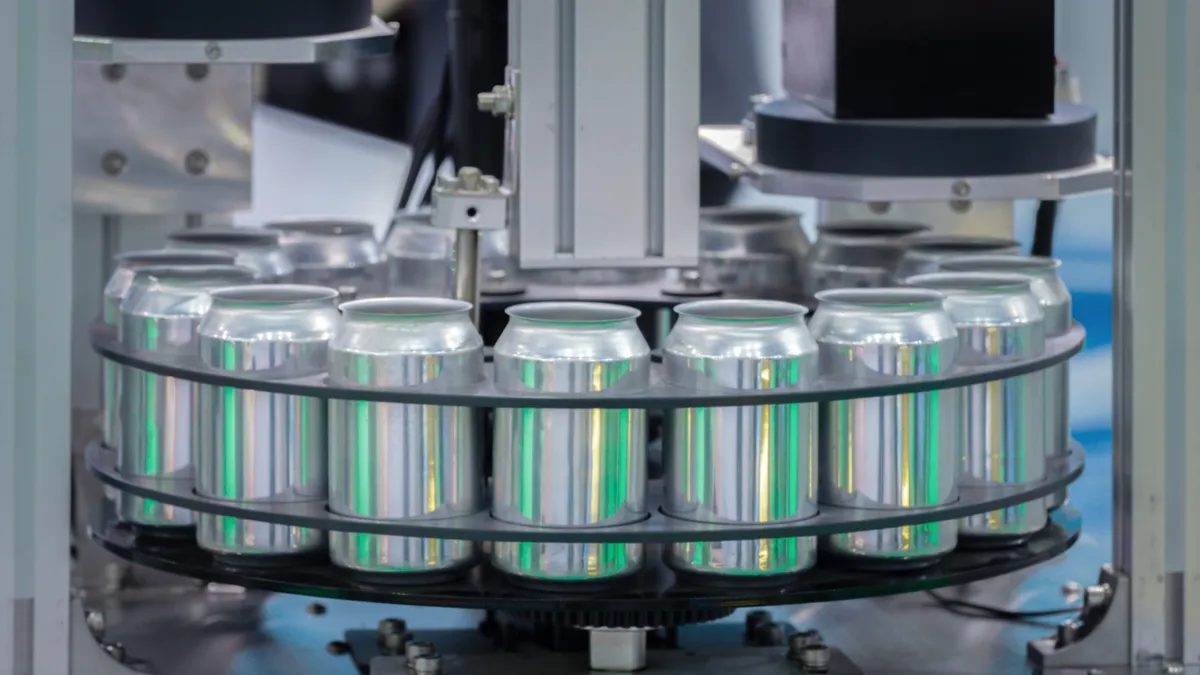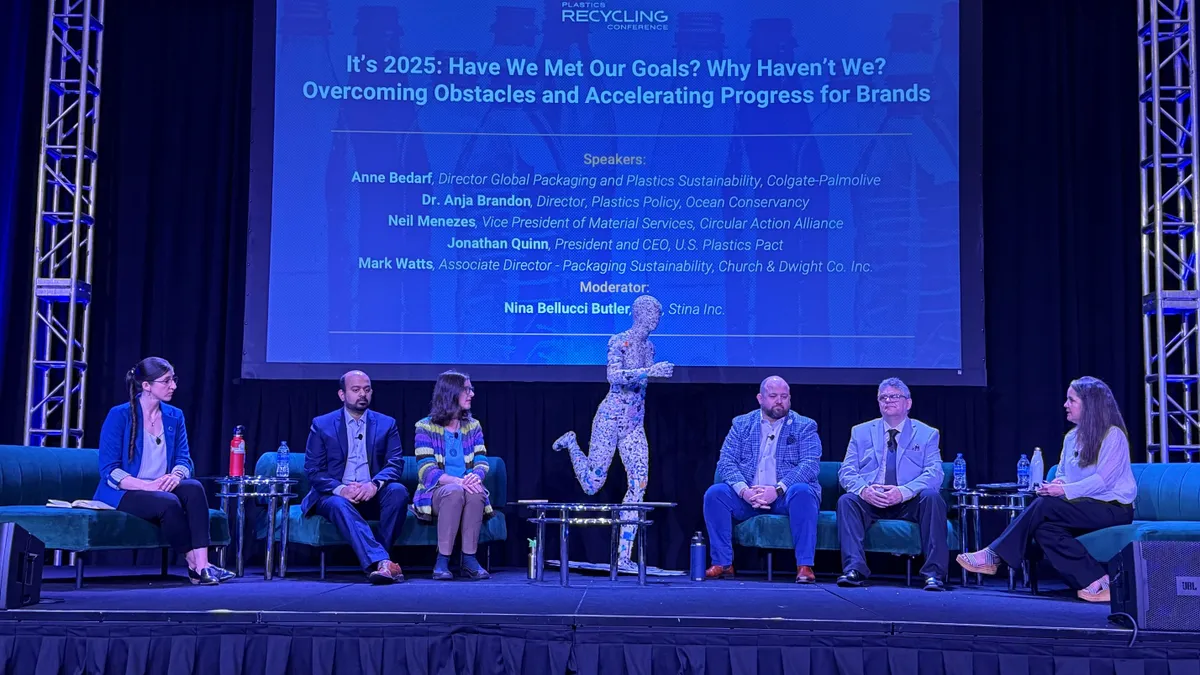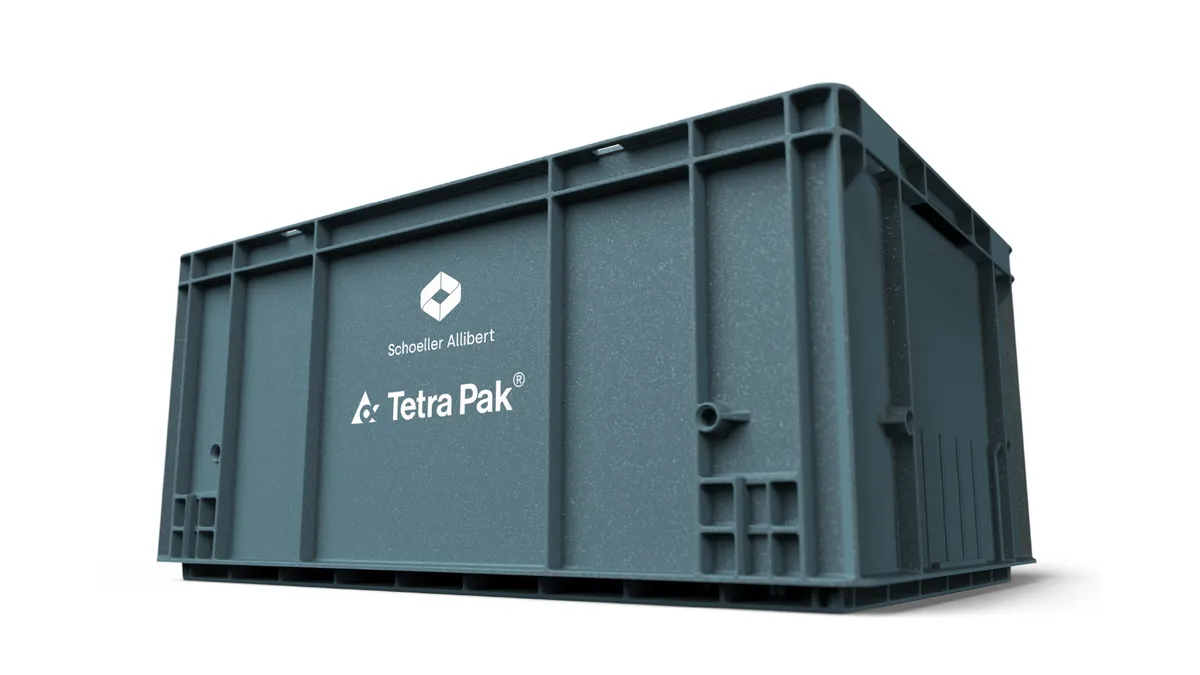Containerboard and boxboard manufacturers that previously announced price increases to take effect in January are starting 2025 much as they did 2024: with little to no market recognition of the increases, according to a leading market index.
Fastmarkets RISI released monthly pricing data in its Pulp & Paper Week publication on Friday, with price trends in both product categories coming in flat in January compared with December, according to analysts.
Earlier this month, Fastmarkets had predicted that the January hikes would show “substantial traction despite market conditions that remained soft through the third quarter of 2024,” but that appears not to have come to fruition so far. Fastmarkets also said in a published commentary Jan. 9 that it expected prices to stabilize for the rest of 2025 after a $60-per-ton baseline increase in January.
At least 13 major North American containerboard producers announced price increases to take effect this month, typically of $60 to $70 per ton for linerboard and $80 to $90 per ton for medium, according to a Monday note to investors from Michael Roxland, senior paper and packaging analyst at Truist Securities. Large, integrated producers reportedly are already charging the higher prices, while smaller to mid-sized mills' prices appear unchanged, he said.
This comes on the heels of most of those producers trying to raise prices at least twice last year. Company executives at least partially attributed the multiple attempts in 2024 to the lack of full price recognition in Fastmarkets' monthly index.
Announcing an increase and receiving the higher price from customers are different scenarios, because some fiber company contracts with customers require significant movement in the Fastmarkets RISI index before their announced bump is recognized. This index is only based on orders in the open market, which analysts estimate represents less than 10% of the market and continues to shrink.
Despite the flat pricing in January, several Fastmarkets contacts anticipate containerboard prices will rise in February or March. That's consistent with analysts' predictions.
New pricing may take time to push through, according to a 2025 outlook that BofA Securities analysts, led by George Staphos, released earlier this month. It noted that BofA's surveyed contacts expected increases not to take hold until late January or February.
Truist also has repeatedly predicted the increases would stick on a delayed schedule, in February and March. “We believe the increases to be driven by generally increasing market demand and still-elevated input costs, OCC notwithstanding,” Roxland said. In 2024, the skyrocketing cost of OCC, among other inputs, was one reason several companies cited for raising prices; but OCC prices have since come down.
Sources cited in BofA’s report also mentioned "increased discussion" about ceasing their use of third-party indexes, such as Fastmarkets RISI's, "should it be determined that the indices are not efficiently reflecting market fundamentals."
That tracks with multiple executives expressing their frustration with the index disparities during earnings calls last year. During Graphic Packaging International's October call, executives described how the company would eliminate these indexes as a factor in new sales contracts starting in Q1 2025. They cited "increasingly inconsistent" index results compared to what they see in the real-world marketplace.
Producers’ repeated price increases last year raised some eyebrows in light of the post-pandemic demand slump, considering they typically raise prices when demand is high. In its commentary two weeks ago, Fastmarkets noted that the new “January price increase proposal thus represents an important test for producers’ ability to raise prices.”
For box demand in 2025, “we see things getting back on to a growth trend, between a half percent and 1% annually,” said Ryan Fox, corrugated packaging market analyst at Bloomberg Intelligence, during a webinar last week hosted by the Recycled Materials Association. His group projects shipments in March will be up about 3% year over year, but overall “we really don't see any observable things happening in 2025 that are going to cause a major inflection in demand,” he said.
Smaller mill networks — such as the size of Packaging Corporation of America's, or smaller — fared better in 2024 than larger competitors, Fox said. Bloomberg Intelligence expects that trend to continue this year.
Multiple analysts recently have reached a consensus that too much containerboard supply exists in the marketplace.
BofA predicted in a 2025 outlook that about 1 million tons of capacity could be shut down in 2025 and 2026, on top of the capacity that companies already removed over the last two years. Mirroring that, Gabe Hajde, senior analyst, packaging and paper equity research, at Wells Fargo Corporate & Investment Banking, suggested at the Paper and Plastics Recycling Conference in October that up to 2.5 million tons of containerboard capacity could be removed in the next five years. No new capacity will be added until late 2026 at the earliest, BofA predicts.
Regardless of the capacity risks, CPGs’ increased promotions to lure back inflation-weary consumers should benefit the boxboard sector, according to BofA.
Tariffs are another factor that could influence pricing as soon as this quarter. President Donald Trump has promised duties on materials and goods imported from several countries, including Canada and Mexico, which could result in higher pricing for containerboard and boxes. Canadian mills are key suppliers of boxboard to the United States, Roxland explained, and tariffs would especially affect solid bleached sulfate.



